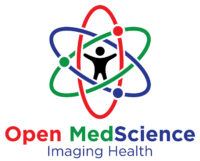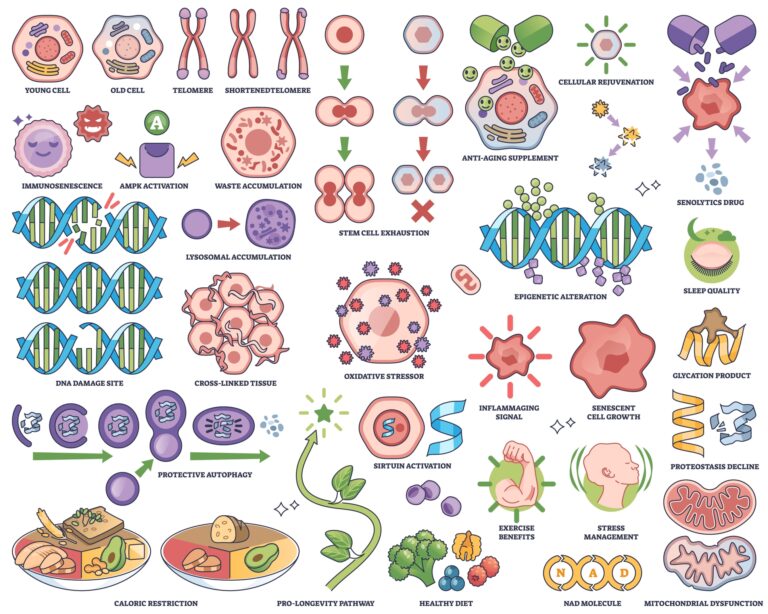Cellular Imaging
Cellular imaging is a vital technique in modern biology and medical research, allowing scientists to visualise and study the complex structures and functions of cells. By employing advanced imaging technologies, researchers can gain insights into cellular behaviour, interactions, and molecular processes in real time, greatly advancing our understanding of health and disease.
Techniques in Cellular Imaging
Cellular imaging encompasses a range of techniques, each with unique capabilities. Light microscopy is one of the most widely used methods, offering magnification sufficient to observe cell structures like nuclei, mitochondria, and the cytoskeleton. Advances in light microscopy, such as confocal microscopy and two-photon microscopy, have enhanced resolution and allowed for three-dimensional imaging of cells in live tissues.
Fluorescence microscopy is a powerful variation of light microscopy that uses fluorescent dyes or proteins to label specific cellular components. This technique provides high specificity and has been further developed into super-resolution techniques such as STED (stimulated emission depletion) and PALM (photoactivated localisation microscopy), which surpass the diffraction limit of conventional light microscopy.
Electron microscopy (EM), including transmission electron microscopy (TEM) and scanning electron microscopy (SEM), offers extremely high resolution, enabling detailed imaging of subcellular structures such as organelles, membranes, and protein complexes. However, these methods typically require fixed, non-living samples.
More recently, live-cell imaging has gained prominence. Using time-lapse microscopy, researchers can observe dynamic cellular processes such as mitosis, intracellular trafficking, and signalling in live cells. Techniques like phase-contrast microscopy and differential interference contrast microscopy make it possible to study cells without staining or killing them.
Applications of Cellular Imaging
Cellular imaging has applications across a wide range of disciplines. In cancer research, it is used to study tumour cell behaviour, metastasis, and response to treatments. In neuroscience, imaging techniques allow researchers to map neural circuits and observe synaptic activity.
In drug discovery, cellular imaging aids in understanding drug mechanisms and evaluating their efficacy at the cellular level. High-content screening (HCS), a technique combining automated microscopy with image analysis, is widely used in this field.
Cellular imaging also plays a critical role in understanding infectious diseases, enabling visualisation of pathogen-host interactions. Similarly, in regenerative medicine, it is employed to monitor stem cell differentiation and tissue engineering processes.
Future Directions
The field of cellular imaging continues to evolve, with ongoing developments in imaging technologies, computational tools, and labelling methods. Artificial intelligence is being increasingly integrated to enhance image analysis and interpretation. These advancements are set to expand the possibilities of cellular imaging, providing deeper insights into cellular biology and improving medical diagnostics and therapeutics.
You are here:
home » Cellular Imaging


